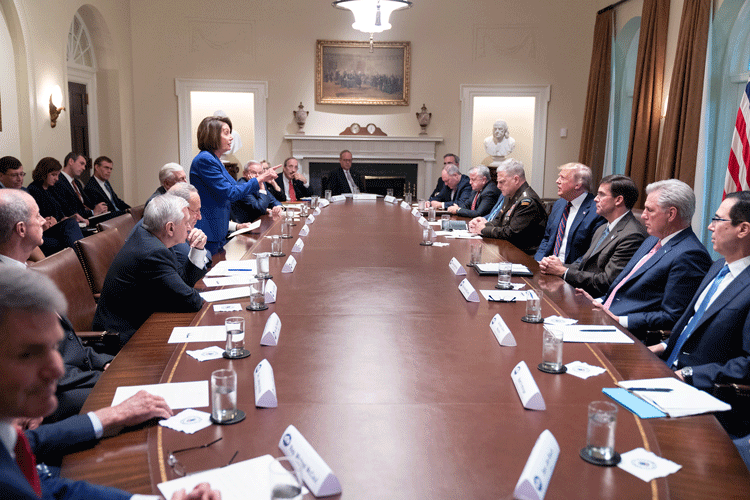Tariff History: Fast to Rise, Slow to Fall – A Global Perspective

Throughout modern economic history, countries have turned to tariffs as powerful tools to confront external shocks, assert political autonomy, or protect domestic industries. Yet if we examine the record of how tariffs are introduced and removed, a striking asymmetry emerges. Tariffs are typically imposed quickly, often in response to crisis or political pressure, whereas their removal is slow, requiring complex negotiations, compromise, and time. This pattern is consistently evident across both sides of the Atlantic, from the United States to Europe, and in trade relations with major partners like Canada, Mexico, and China.
The United States and the Tariff Cycle
The history of tariffs in the United States is marked by abrupt increases and methodical, negotiated reductions. In the early republic, tariffs were a primary revenue source. In the 19th century, U.S. policymakers frequently turned to protectionist measures to shield emerging industries. One of the most striking examples of a rapid tariff escalation occurred in 1930 with the passage of the Smoot-Hawley Tariff Act, which raised duties on over 20,000 imported goods. Passed during the height of the Great Depression, Smoot-Hawley was driven by pressure from distressed domestic sectors and approved swiftly by Congress. What followed was a wave of retaliatory tariffs from over 20 countries—including Canada, France, and the UK—within months. The resulting trade collapse exacerbated the global economic downturn.
By contrast, reducing tariffs in the U.S. has consistently been a slow and deliberate process. In response to the economic damage wrought by Smoot-Hawley, the Reciprocal Trade Agreements Act of 1934 allowed the executive branch to lower tariffs through bilateral agreements, but actual progress was incremental. It took decades of negotiations under the General Agreement on Tariffs and Trade (GATT) for the U.S. to significantly liberalize its trade regime, eventually bringing average tariff rates on industrial goods below 10% by the 1970s. Even more recently, trade agreements like NAFTA (1994) and its successor, USMCA, required prolonged legislative approval and phased implementation over many years.
Europe: Crises Trigger Spikes, Integration Brings Down Rates
The European experience mirrors the U.S. pattern but adds a layer of complexity through its rich history of bilateral agreements and supranational cooperation. In the aftermath of the Napoleonic Wars, many European countries implemented high tariffs to stabilize fragile economies, a move that not only occurred rapidly but persisted well into the 19th century. A wave of liberalization began in the 1860s, most famously with the Cobden–Chevalier Treaty of 1860 between Britain and France, which inspired a network of bilateral trade deals across the continent. Yet even this liberal era was tentative and partial. By the late 1870s, a pushback began as many nations—Germany most notably—experienced agricultural crises and fears of industrial competition. In 1879, Germany implemented the “Iron and Rye” Tariffs, reasserting protectionism with a speed that reflected the political urgency of the time.
Entering the 20th century, European protectionism escalated further as countries responded to world wars and deep economic turmoil. Like the U.S., European states raised tariffs and quotas quickly during periods of shock, including the interwar years and the Great Depression, often exacerbating political divisions and economic isolationism. It was only after the devastation of World War II that Europe began moving—very slowly—toward collective tariff reduction. The formation of the European Economic Community (EEC) in 1957 marked a historic shift. The treaty laid out a decade-long process to eliminate tariffs between the six founding members and establish a Common External Tariff on goods coming from non-member states. Implementation was gradual and cautious; although significant progress was made by 1968, it was achieved through scheduled reductions and continual political coordination.
Even within the framework of European integration, full liberalization has always been incomplete and contested. Sensitive sectors like agriculture and textiles have consistently been shielded from liberalization, revealing how internal political resistance can delay or dilute tariff reform. While the completion of the Single Market in 1992 brought further reductions, updates to the EU’s Common External Tariff and trade policy with global partners have remained subject to prolonged multilateral negotiations—especially within the framework of WTO trade rounds or EU free trade agreements with third countries like Canada (CETA) or Japan (EPA).
A Shared Global Pattern
When we compare these developments across the Atlantic and over time, a consistent global trend becomes clear. Whether reacting to agricultural decline in 19th-century Germany, economic depression in the 20th-century United States, or the devastating effects of war in post-WWII Europe, governments have often turned to tariffs as emergency tools of economic relief, national security, or political appeasement. These tariff increases are typically enacted within months—sometimes even weeks—of a political decision or triggering event.
In contrast, tariff reductions have rarely happened swiftly. They require international bargaining, legal ratification, political consensus, and, above all, time. International trade negotiations—such as GATT rounds, NAFTA, or the establishment of the EU Customs Union—often span years or decades and are vulnerable to political setbacks. Even when economic logic favors liberalization, the politics of protectionism—especially from lobby groups and national industries—makes reversals painstakingly slow.
Conclusion
Tariffs are easy to raise and hard to lower. This is one of the fundamental truths of trade history, visible from the 19th century to the present day. Across both the United States and Europe, economic or political crises have repeatedly triggered rapid increases in tariff barriers, often with immediate retaliation and real-time consequences. Yet when it comes to lowering tariffs, a completely different dynamic takes over—one shaped by negotiations, phased implementation, and considerable resistance.
For businesses engaged in international trade, understanding this asymmetry is crucial. Protectionist policies can appear overnight, altering costs and access in an instant, while the restoration of free trade regimes may take years of patient diplomacy to materialize. In today’s global economy, the time lag between tariff escalation and reduction continues to be a risk—and opportunity—that cannot be ignored.
Are you exporting goods to the US, the EU or the UK and getting worried about the quick tariff increase around the globe? Set up a free discovery call with an expert from Trade Duty Refund to find out how duty drawback, returned goods release and trade consulting can help you mitigate raising costs!
